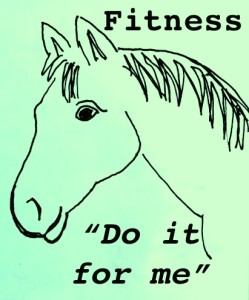 This article is part of BestHorsePractices’ Focus on Fitness.
This article is part of BestHorsePractices’ Focus on Fitness.
By Maddy Butcher
Years ago, I was staffing the Evidence-Based Horsemanship booth at an event when a renowned colt starter approached us and declared that something must be categorically wrong with his horses. They always veered left under saddle.
I was amazed that he hadn’t considered himself as a possible cause.
Fast forward a few years and I’m assembling a large body of reporting on the merits of rider fitness. Horseman Martin Black made a point to bring up the need for balance. Read more here (enter password ‘remuda’).
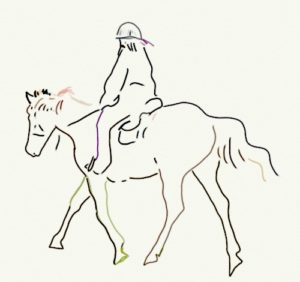 Around the same time, I’m working my horses on long stretches of dirt road and noticing how often my own horses always veer to the left.
Around the same time, I’m working my horses on long stretches of dirt road and noticing how often my own horses always veer to the left.
While pictures (online, in magazines, on television) might lead us to believe that we riders are universally balanced and symmetric, the opposite is true.
According to several interviewed professionals, asymmetry and imbalance are not only common, they’re the norm. The trick is to identify them, recognize the impact on your equine partner, and work toward correction.
Think of imbalance as a malady, curable with proper treatment. You, your body, and your partnership will be healthier without it.
We talked with:
– Beth Austin, a physical therapist who works with riders in Santa Cruz, California
– Katrin Kuenstler, a German rider and instructor now living in Australia
– Wendy Murdoch, owner of the Murdoch Method.
Are you imbalanced?
“Most riders, even the ones with regular instruction, are not aware of how unstable or crooked or heavy they sit on their horse. Riders concentrate on their horses’ movements and lack awareness of the weaknesses in their own bodies,” said Kuenstler. “There are two parts to this problem: they are unaware (they tend not to notice or will blame the horse) and they lack the tools to correct the problem. In my opinion, we owe it to the horse to look in the mirror and take responsibility for our own weaknesses before we address the ones in the horse.”
Added Murdoch: “Until and unless the rider makes the connection between her body position and the response of the horse, she will blame her horse for his ‘lack of willingness, bracing, or resistance.’”
Identifying imbalance
We’re living with our own asymmetry. It’s become a natural extension of our body movement. Therefore, identifying and addressing imbalance will be far easier for someone else, especially someone with a keen eye.
“Regardless of riding level or discipline, we all need a qualified ‘Eye on the Ground,’” said Kuenstler.
Another way to identify issues is to ride in front of a big mirror or have someone take photos or video. “Most riders don’t quite believe me at first when I tell them that they are not sitting straight. They are amazed when I present them with the photographic evidence,” said Kuenstler.
Recognize, too, that your horse may have adapted to your imbalance and that he may have his own issues of asymmetry, too, due to “injuries, habits, training, shoeing, saddle fit,” said Murdoch.
“Fixing the problem”
It’s important to recognize that this particular self-improvement project is not a quick trip to the repair shop. It’s a journey of alertness that might start today and run the course of our riding years. It will undoubtedly impact other aspects and activities of our lives.
That’s a good thing!
The alternative – letting imbalances remain unaddressed – tends to lead toward more imbalance and negative consequences, including injury and chronic pain. Said Austin, the physical therapist: “Neck pain is not just neck pain. It’s much more inter-related and complex than that.
“Body systems can be out of balance. Or, for example, that neck pain might also involve the lower leg. So when working with our own imbalances it helps to look at the big picture or whole body.”
Being weaker or tighter on one side is not wholly horrible. Said Austin, “As physical therapists, we’re not wanting total symmetry in our patients. We want possibility in range of motion and ability to stabilize in a dynamic way throughout that range. It’s about range and not being stuck. [We define progress] as the ability to stabilize fluidly through a natural range of movement.”
Don’t be too hard on yourself, but recognize how improving your form will necessarily improve your partnership with your horse.
Kuenstler identified four areas of focus to help with improving balance:
- Core strength. Kuenstler teaches Pilates, but notes there are many other methods to gain core strength. Core work will strengthen muscles essential for stabilizing and supporting the spine. Read more about core strength and fitness here.
- Body awareness and muscle isolation. “It’s essential to learn how to isolate certain muscle groups, how to switch the right ones on and let the others rest.”
- Flexibility. “We want to build long, lean muscles that can be supple, easily contracted and released. Riders don’t stretch enough. Some important muscle groups to consider: hipflexors, adductors, and glutes.”
- Breathing. “Let’s face it – breathing is usually the very first thing we forget to do when we start concentrating or getting a bit nervous on our horse.”
Embrace the nuance
 Core strength must not be mistaken for an abdomen that is constantly rigid and braced, these experts cautioned.
Core strength must not be mistaken for an abdomen that is constantly rigid and braced, these experts cautioned.
“Core fitness is about inviting movement through the body. It’s not about being rigid.” said Austin. Success here will be about an “intelligent” core, not simply a “strong” core.
Murdoch added: “Saying that the core muscles must be strong and held at all times…is unfortunate because it makes riders stiff, blocks the fluid function of the hip joints, and limits riders to using physical strength rather than good function.”
Turn the Weird Spot into the Sweet Spot
Intellectually, you now know you’re out of balance. But over the years, those imbalances have become familiar and comfortable muscle memory. Neural pathways of flawed movement and position have become super highways of habit.
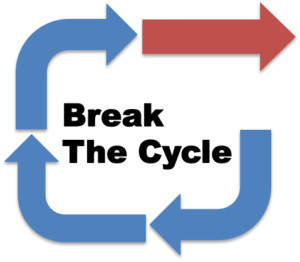 Invariably, Kuenstler’s students feel awkward with their newly corrected positions.
Invariably, Kuenstler’s students feel awkward with their newly corrected positions.
“New positions will feel wrong and very odd to the rider. I call it the “Weird Spot” and encourage my students to put themselves in this position that feels so unusual and wrong, until the Weird Spot becomes the Sweet Spot. This requires a bit of patience as we will need to reprogram our body memory and form a new habit.”
Neurologically speaking, you’re bushwhacking. You’re creating new neural pathways while avoiding the super highway of the old habitual movement or position. Give yourself time.
It requires patience, new mental images, awareness, and practice. Kuenstler said moving from Weird to Sweet can take months.
“Some riders are quite reluctant because it feels so wrong,” said Kuenstler. “I encourage them to concentrate on their horse who will give them feedback straight away by traveling more straightly, more freely, and more happily.”
This article is part of BestHorsePractices’ Focus on Fitness, the series of 2016 Remuda Reader articles. Here, we interviewed physical therapist, Beth Austin, and horsewomen Katrin Kuenstler and Wendy Murdoch. Many thanks for their time and effort.
To access all our Focus on Fitness articles, become a Remuda Reader. Join now and receive complimentary gifts. Click here to learn more.
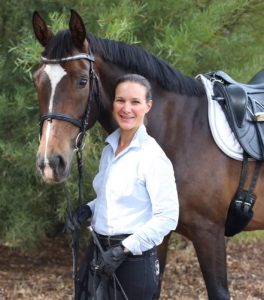
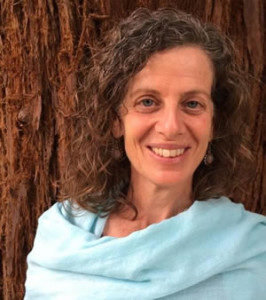
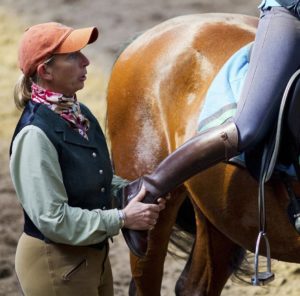

Very interesting comment about not wanting total symmetry but range of motion. I have never thought about it like that. I underwent a couple years of physical and massage therapy along with acupuncture to loosen certain muscles to allow my back to be more flexible. The horse certainly let me know when I was improving, and I was grateful for the feedback that led me to seek therapy in the first place. My balance is always a work in progress and I would love to seek out a coach to help me progress further.